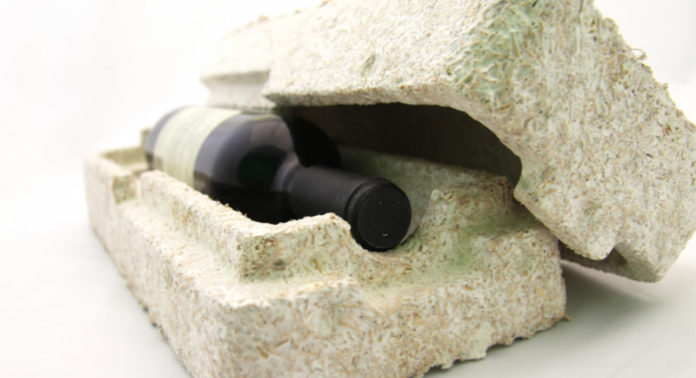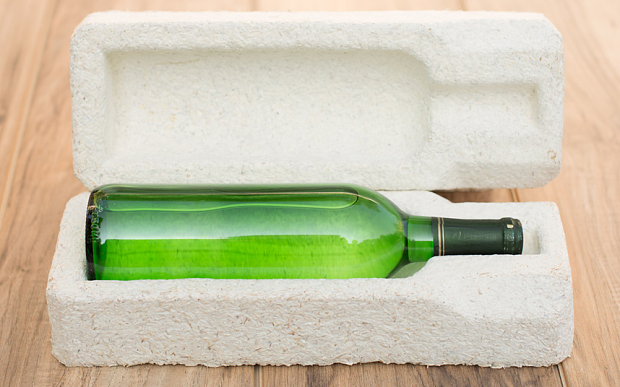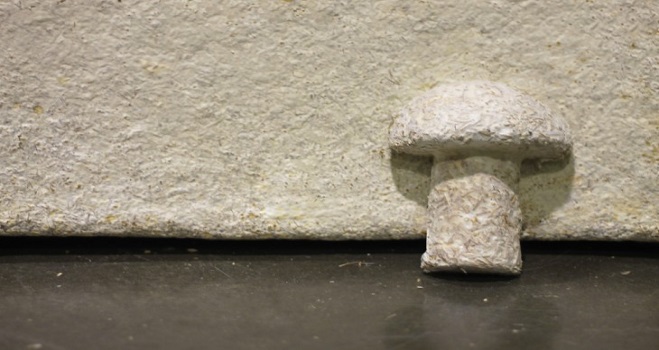
The furniture retailer is looking at using biodegradable mycelium “fungi packaging” as part of its efforts to reduce waste and increase recycling.
It’s no secret polystyrene is devastating to the environment. But, do you know how exactly that is so? According to a fact-sheet provided by Harvard, polystyrene – which is made from petroleum, a non-sustainable, non-renewable, heavily polluting and fast-disappearing commodity – is not biodegradable, as it takes thousands of years to break down. In addition, it is detrimental to wildlife that ingests it.

Despite this well-known data, humans continue to toss more than 14 million tons of the stuff into landfills every year, according to the French ministry of ecology.
Sadly, until every individual decided to “be the change” and live consciously, styrofoam pollution will continue to be a problem. In fact, it’s already estimated that by 2050, 99% of birds on this planet will have plastic in their guts.
This is unacceptable. Thankfully, the Swedish company Ikea clearly agrees.
Aware of the environmental devastation polystyrene creates, the furniture retailer is looking to use the biodegradable mycelium “fungi packaging” as part of its efforts to reduce waste and increase recycling.
Credit: Ecovaive
Mycelium is the part of a fungus that effectively acts as its roots, reports National Post. It grows in a mass of branched fibers, attaching itself to the soil or whatever surface it is growing on.
The American company Ecovative is responsible for developing the alternative styrofoam. Mushroom Packaging, as it’s called, is created by letting the mycelium grow around clean agricultural waste, such as corn stalks or husks. Over a few days, the fungus fibers bind the waste together, forming a solid shape. It is then dried to prevent it from growing any further.
How the Mushroom Packaging is made
- Agricultural waste such as corn husks is cleaned.
- Mycelium is added, and the mixture is left for a few days.
- Mycelium grows fibres as it reaches out to digest the agricultural waste.
- Mixture is broken up into loose particles.
- Particles are put into shaped mould for a few days. Mycelium grows and forms a solid shape.
- Solid shape is removed and dried to stop growth and prevent production of mushrooms or spores.





